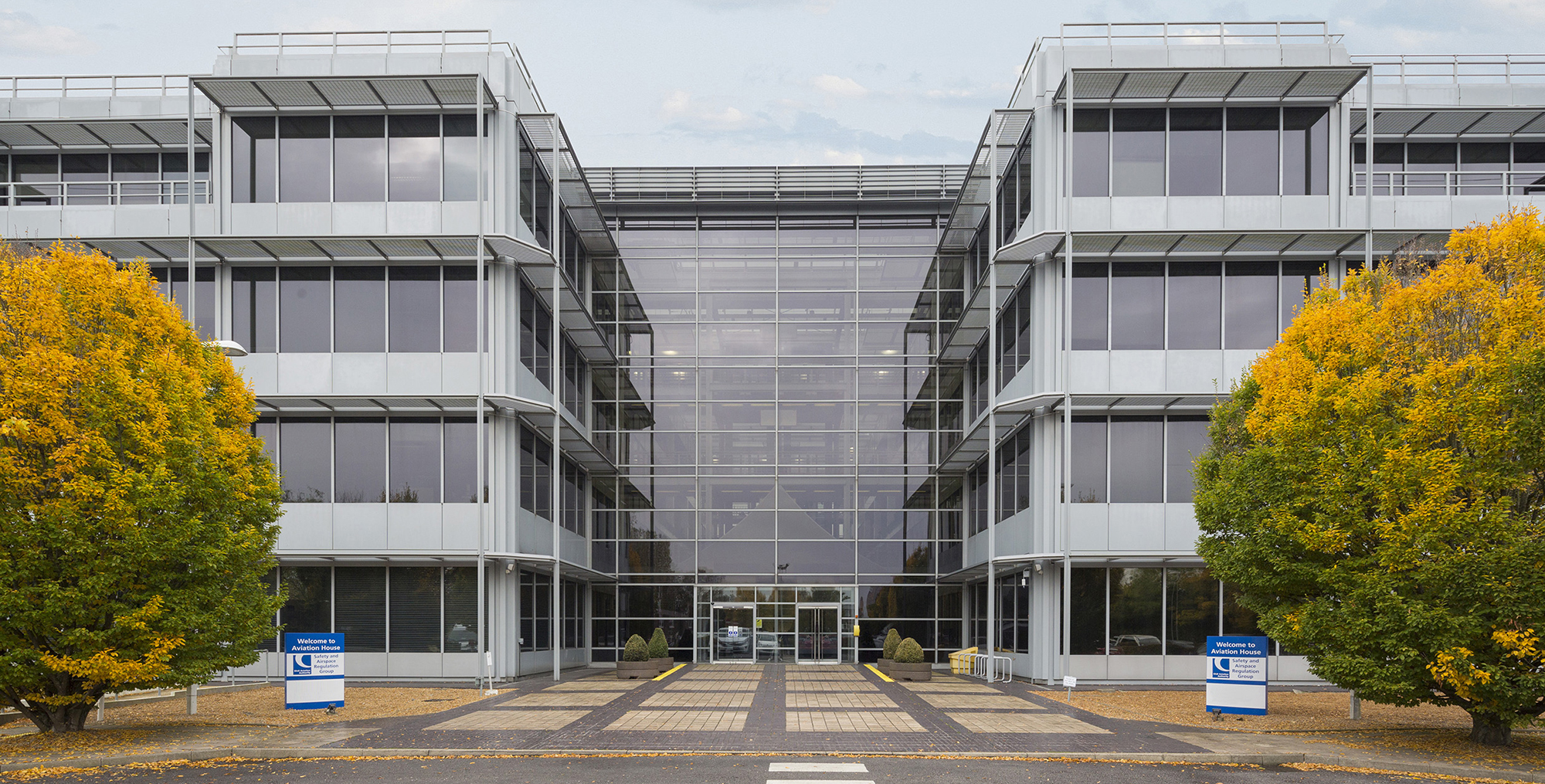One example is Urban Air Mobility (UAM), more commonly known as 'flying taxis'. These types of vehicles are intended to operate with 'Vertical Take Off and Landing' (VTOL), carrying passengers over short distances. UAM is an aviation phenomenon that is attracting increasing developer, investor, public, governmental and regulatory interest. Due to the cross-cutting and global nature of its challenges and the potential for long-term development, it's a perfect example of something we should approach in a new way. As the UK starts to consider what may be required to enable such a technology, we hold a pivotal role in considering the aspects of public safety, security and consumer protection.
Around the world there have already been several test flights of UAM vehicles. Dubai (Ehang and Volocopter) and New Zealand (Cora) have already demonstrated systems with more reportedly scheduled in Singapore (Volocopter) and San Francisco (Joby Aviation). As the UK's aviation regulator we're interested in these developments- particularly the regulatory implications, and have contributed to work with the European Aviation Safety Agency, EASA in the area.
These systems are attracting increasing investment. Reaching an early peak with Lilium's $90M Series B Early Stage funding in September 2017[1]. Some industry estimates suggest that with such investment, the provision of commercial aerial mobility services can be expected by 2025, and within a decade passenger carrying drones could already be servicing their own elaborate passenger network with about 23,000 aircraft plying major routes and creating a market worth $32 billion[2].
The UK's Industrial Strategy sets an ambition to remain at the cutting-edge of technological development in transport through its Grand Challenge on the Future of Mobility
As a result we have been approached by a number of companies to discuss what role UAM could play in UK aviation.
So we're keen to expand our engagement in the UAM space, and are inviting people working in the field and considering bringing their technology to the UK to engage with us. While it will principally be industry and the public that shape the future of aero-mobility we must ensure that we don't act as a barrier to those technological developments which have the potential to deliver significant benefits, including strengthening the already high standards of safety that consumers and the public expect. Our new innovation team will engage with companies earlier than we normally would, reducing regulatory friction later by ensuring that innovators are better prepared to seek any regulatory approvals required.
As these vehicles will be using electric propulsion, be remotely piloted and, eventually, be autonomous and have business models using ride sharing and digital hailing, our existing capabilities and frameworks may not be applicable. We want to be ready to deal with these new technologies now by working closely with all involved... This marks a significant cultural shift for us in how we consider the challenges of regulating emerging technologies.
This new approach will be up and running later in 2019, in the interim please contact us at innovation@caa.co.uk. Further information is also available at www.caa.co.uk/innovation
We are happy to engage in discussions regarding a range of UAM related topics including business models, regulatory challenges and possible testing and trialling in the UK.
[1] DroneII, The commercial drone market in numbers, Drone Investment Report 2018
[2] Porsche Consulting, The Future of Vertical Mobility


Leave a comment
Fields marked with an asterisk (*) are required.